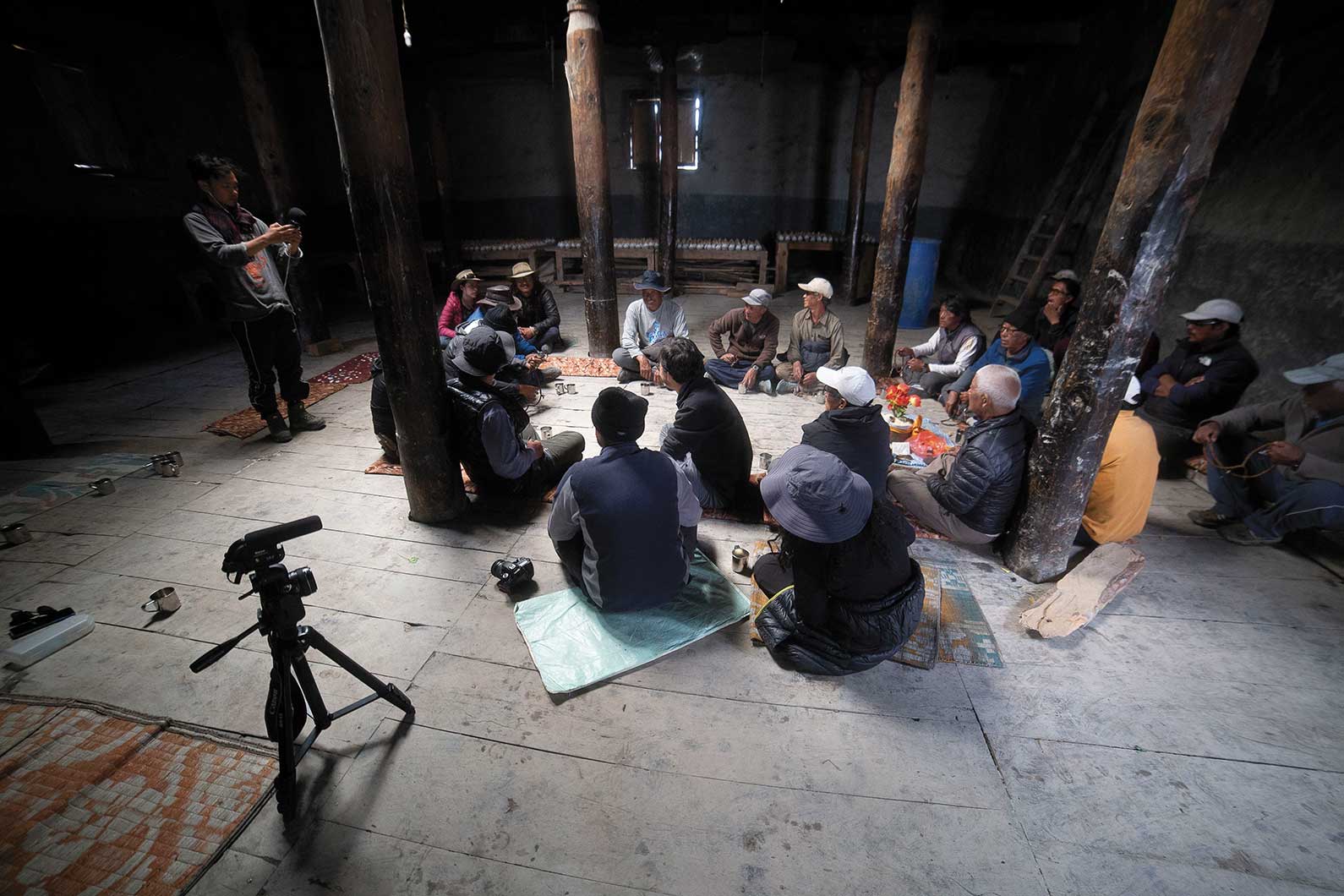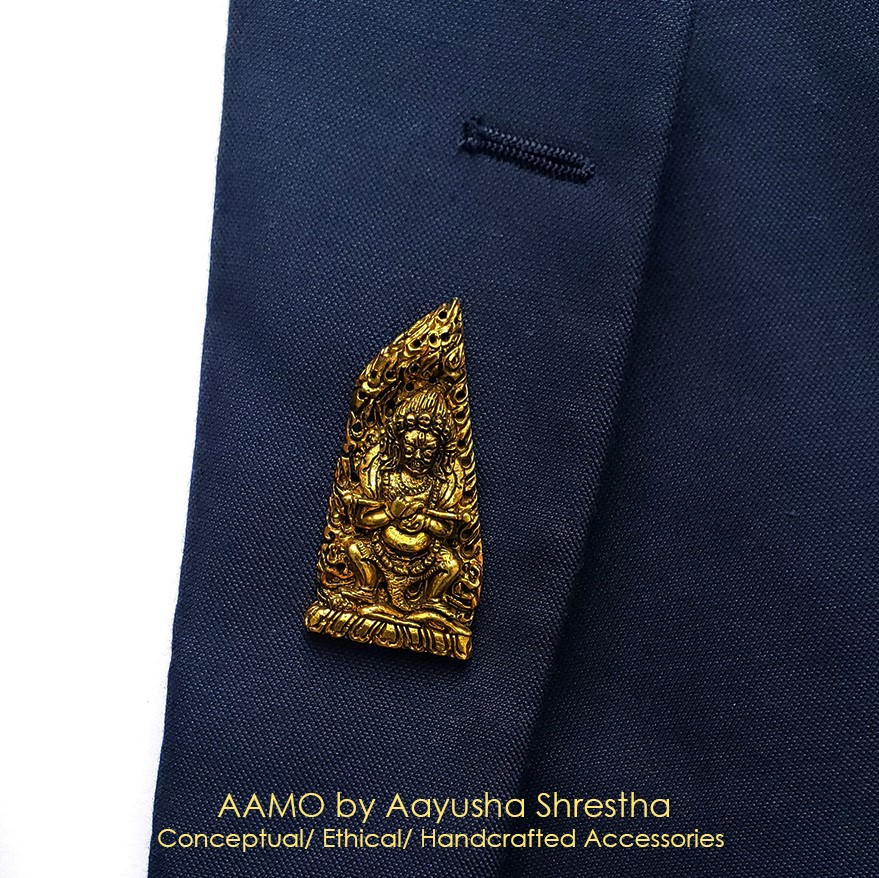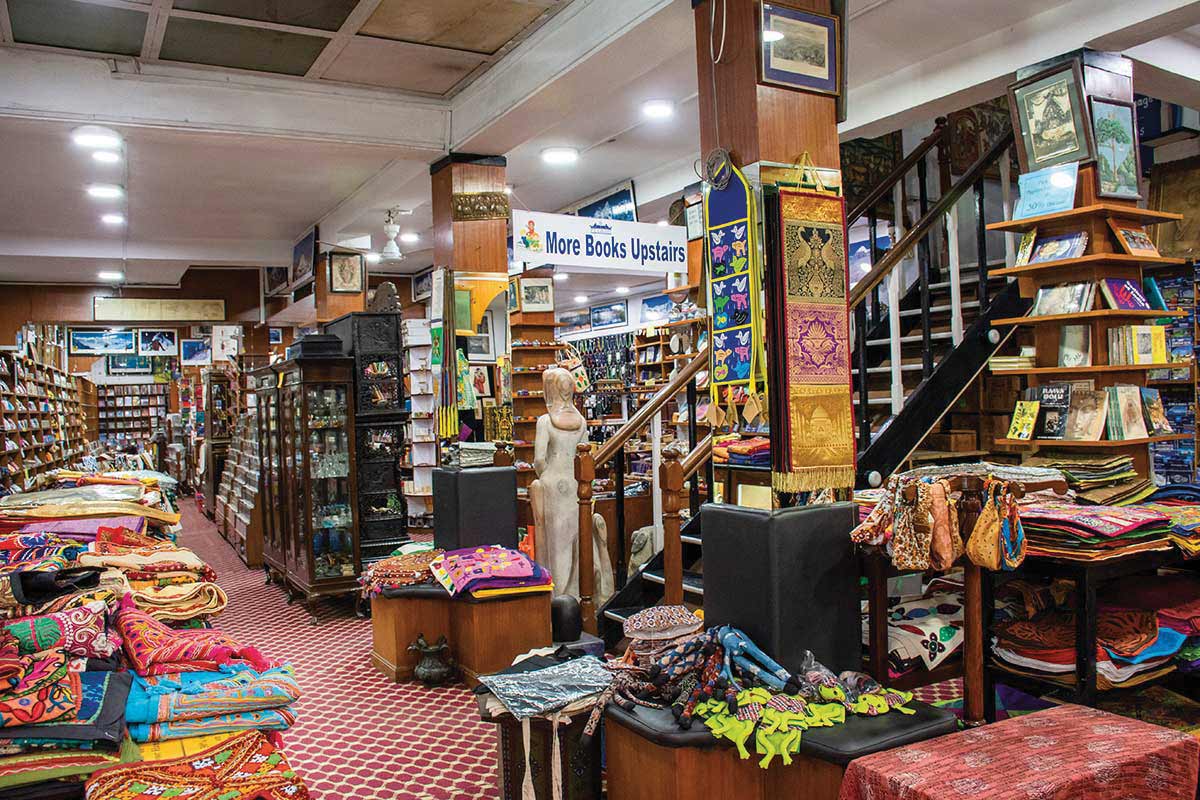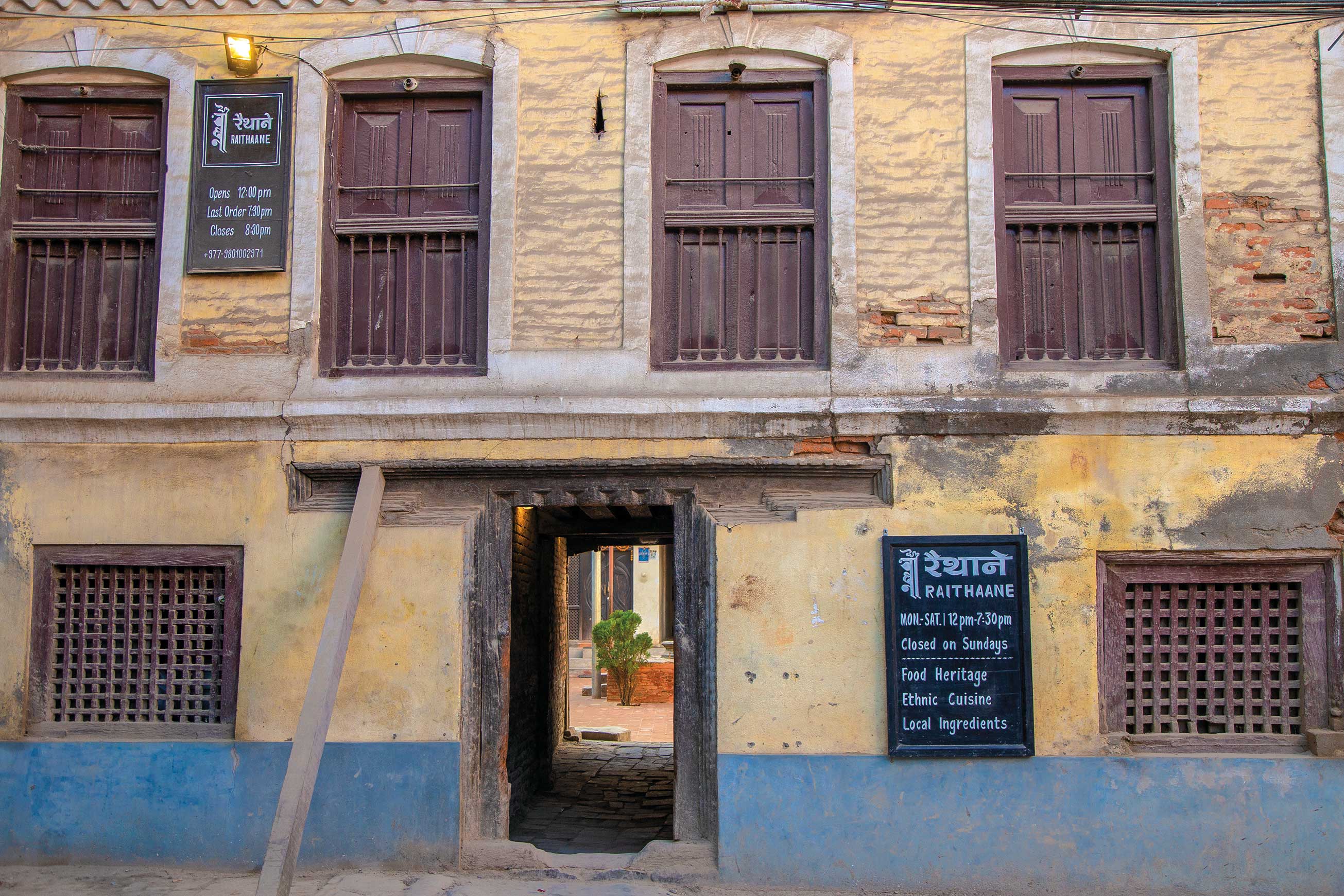Intangible heritage is a phrase that’s been coming up more and more in Kathmandu these days, but what is it, exactly? Here’s one of the clearest—and I find rather beautiful—ways I’ve read of describing it:
.jpg) There are things that we regard as important to preserve for future generations. They may be significant due to their present or possible economic value, but also because they create a certain emotion within us, or because they make us feel as though we belong to something – a country, a tradition, a way of life. They might be objects that can be held and buildings that can be explored, or songs that can be sung and stories that can be told. Whatever shape they take, these things form part of a heritage, and this heritage requires active effort on our part in order to safeguard it.
There are things that we regard as important to preserve for future generations. They may be significant due to their present or possible economic value, but also because they create a certain emotion within us, or because they make us feel as though we belong to something – a country, a tradition, a way of life. They might be objects that can be held and buildings that can be explored, or songs that can be sung and stories that can be told. Whatever shape they take, these things form part of a heritage, and this heritage requires active effort on our part in order to safeguard it.
--What is Intangible Cultural Heritage? By UNESCO https://ich.unesco.org/doc/src/01851-EN.pdf
On January 14, 2019, I was invited to an event organized by Fuzzscape and the British Council: a documentary launch and panel discussion on Exploring Intangible Cultural Heritage: Documentation, Archiving and Inspiration. To be honest, I really didn’t know what to expect, but I was curious to attend mostly because of the connection made between music and intangible heritage, both of which are things that are important to us here at ECS and which we have been highlighting.
Fuzzscape (and no, I don’t know why it’s called that, either) was conceived by Prasiit Sthapit, a photographer and filmmaker, Rajan Shrestha, a songwriter and music producer, and Rohit Shakya, also a music producer in addition to being a director. The idea behind what they do is simple but effective: the trio travel to different parts of the country, interacting with local people and listening to their music. Their stay culminates in a song being written—in collaboration and often performed with these same local musicians. They’ve produced a ten-minute short about each location they’ve visited, a list that so far includes Banepa, Shermathang in Helambu, Birgunj, Bhojpur, Janakpur, and Manang. Listening to them speak, I was impressed by their sincerity and desire to get out of their comfort zone, as well as their respect for and humility in learning from the local and traditional musicians; this all came through really clearly, making their experience something that transcends the ‘guys from the big city visit a village’ trope that it could otherwise have become. “We are not saviors of intangible heritage, we’re just musicians who are interested in making music,”they said.
.jpg) The Bhojpur episode was shown first, where musician Barta Gandarbha travels with the team back to her home village of Mangding. Barta is a great musician that I’ve heard play before, and she was also present at the event, and along with the two members of the Fuzzscape team, performed their collaborative song live for us as well. It was a beautiful experience, and I was surprised and delighted by the way the two styles of music merged into such a cohesive listening experience: sarangi, guitars, voices—it was beautiful.
The Bhojpur episode was shown first, where musician Barta Gandarbha travels with the team back to her home village of Mangding. Barta is a great musician that I’ve heard play before, and she was also present at the event, and along with the two members of the Fuzzscape team, performed their collaborative song live for us as well. It was a beautiful experience, and I was surprised and delighted by the way the two styles of music merged into such a cohesive listening experience: sarangi, guitars, voices—it was beautiful.
The panel discussion that followed included ethnomusicologist Lochan Rijal, whom we’ve written about before here at ECS Nepal, and who is a passionate advocate for recording and preserving local music. A thoughtful discussion followed that included talk of challenges in the field and future hopes and plans. A point that stuck with me from the many shared was when Lochan Rijal said that there’s no use trying to preserve music if the musicians don’t have food to eat, clothes to wear, and the means to support their families. Honest work is what these traditional musicians want and deserve, and if they can’t find it, they will have to give up their music, take up other occupations, and the skills will be lost. “With 125 distinct ethnic groups in Nepal, time is running out,” he said.
It all wrapped up with the launch screening of Fuzzscape’s latest episode, the one on Manang. Again, several people featured in the video were in the audience, and the atmosphere was jovial. This documentary felt very different from the Bhojpur one, and watching, I felt that the filmmakers had done an excellent job of capturing the atmosphere and different aspects of each of these various locations—this one had a distinct feel to it, a wildness, a joy that pulls the viewer right in. Interestingly, while most songs in Manang are in Tibetan, the musicians wrote their song in Neshyang, the Manang language—everyone singing it to the backdrop of Manang’s epic scenery was powerful. And, they listed the horse’s names in the credits, which was cute as anything!
 When it comes to things that ‘create a certain emotion within us, there’s no doubt that music ranks high up there on the list. I did not, if I’m honest, expect to be so moved at a media event. But I was, and that’s the power of music and the reason why it’s such an important piece of Nepal’s intangible heritage. There are many ways to go about preservation, and what the Fuzzscape team is doing is by no means the only way. There are several institutions, individuals, and organizations that are working hard to ensure Nepali traditional music is being archived for future generations, and these are all resources that those who are curious can and should seek out to learn more. But, in the meantime, this team of young people are seeking out and learning from those with this old knowledge, and using their particular skills to bring it to a wider audience. It’s a worthy task, and I hope they find an eager audience.
When it comes to things that ‘create a certain emotion within us, there’s no doubt that music ranks high up there on the list. I did not, if I’m honest, expect to be so moved at a media event. But I was, and that’s the power of music and the reason why it’s such an important piece of Nepal’s intangible heritage. There are many ways to go about preservation, and what the Fuzzscape team is doing is by no means the only way. There are several institutions, individuals, and organizations that are working hard to ensure Nepali traditional music is being archived for future generations, and these are all resources that those who are curious can and should seek out to learn more. But, in the meantime, this team of young people are seeking out and learning from those with this old knowledge, and using their particular skills to bring it to a wider audience. It’s a worthy task, and I hope they find an eager audience.
At http://fuzzscape.com/ you can find all six documentaries, as well as more in-depth interviews the team conducted on their travels. Check it out. I really can’t recommend it highly enough.









